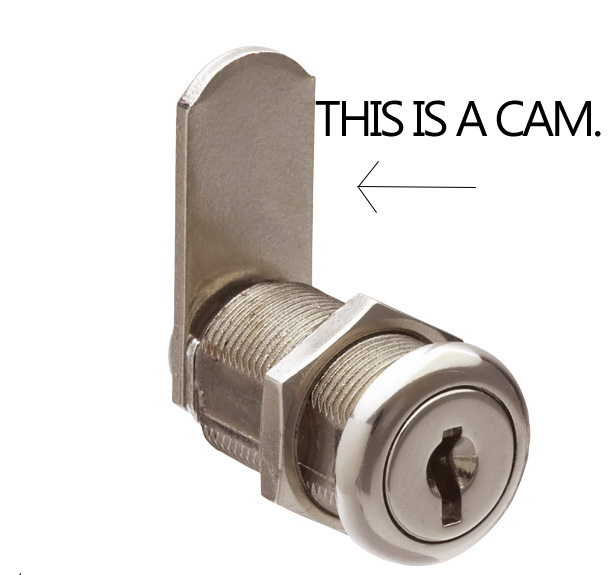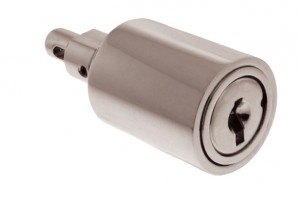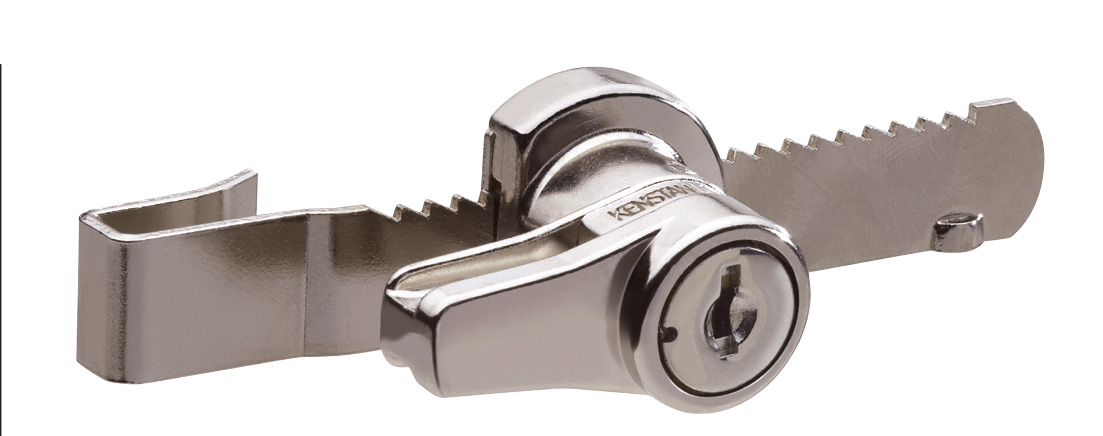Typically, cabinet and drawer locks aren’t top of mind when you think about the security in your facility.
Doors? Sure.
Safes? Of course.
But cabinet and drawer locks? Not always your first thought when someone mentions facility security.
However, that doesn’t diminish their importance.
Just like everything in this industry, you have several options to choose from, and the right choice depends on the level of security you want.
Cabinet and Drawer Locks
 Cam Locks
Cam Locks
Cam locks are the most versatile option when it comes to cabinet and drawer locks. They have a few variations, which open up a realm of different security possibilities.
Cam locks are typically used on cabinet doors that are either sliding or hinged, but they’re also great fits for drawer locks.
These locks operate with the use of a cam that slides behind the fixture and restricts the door or drawer from being opened.
There are two options. There’s the offset cam lock which has a cam that curves up behind the fixture, while the straight cam lock has no bend in the cam.
Pricing for these locks is based on the length of the housing (a longer housing requires more material to make and results in a higher price), the type of finish chosen and the length of the cam. It’s also important to note that cam locks have the most price fluctuation compared to other cabinet and drawer locks.
Door/Drawer Lock
The door/drawer lock is basically a deadbolt fitted for a cabinet door or drawer.
These aren’t as versatile as other options for cabinet and drawer locks because they’re based specifically on the construction of the drawer, and allow only one way to lock.
However, they tend to be a bit sturdier and can provide an uptick in security.
 Plunger Locks
Plunger Locks
Plunger locks are yet another option for cabinet and drawer locks. These, like the ratchet lock, are used on sliding glass doors.
The lock contains a bolt that slides forward and backward, and will rest inside a slot when locked. This keeps the glass door from sliding. These locks are similar in price to door/drawer locks.
Ratchet Locks
A ratchet lock is used on glass doors and has a bar that slides back and forth. The way the lock slides depends on which way the door slides. The bar will block the door from opening.
These operate on the same concept as a plunger lock and are fairly inexpensive.
Ratchet locks are very easy to replace and don’t need a locksmith to repair to replace them. This saves the facility manager time and money if one of the locks were to break. Don’t worry though, this doesn’t mean they’re any less secure.
In the market for some cabinet and door locks? You’re in luck! We have our own in-house cabinet and drawer lock expert, Vicki Heilig, who would be more than happy to help.
